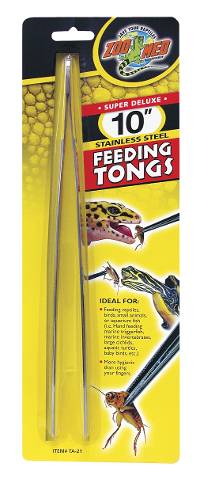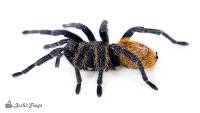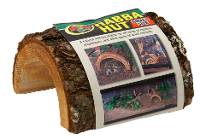Josh's Frogs
Brazilian Giant White Knee Tarantula - Acanthoscurria geniculata | 2 inch (Captive Bred)
Brazilian Giant White Knee Tarantula - Acanthoscurria geniculata | 2 inch (Captive Bred)
$99.99
About This Product
SPECIAL NOTE: USPS forbids shipping venomous spiders or scorpions in the mail.
Because of this, we ship these animals FedEx priority overnight for a flat fee of $39.99.
Defining Characteristics:
- A favorite in the hobby, these gorgeous spiders can reach up to an 8 inch diagonal leg span
- Excellent display species that quite often sits out in the open
- Very hardy species able to withstand temperature and humidity fluctuations
- Well known for their voracious and dramatic appetites, feeding time for these spiders will never be a bore
Name: The Acanthoscurria geniculata is most commonly known as the Brazilian Giant White Knee. The scientific name has Greek and Latin roots meaning “clownish”, “thorn” and “knotty”.
Recommended Enclosure Size & Setup: The length and width should both be, at minimum, three to four times the spider's diagonal leg span. There should be no more than two times the diagonal leg span of the spider for head space, as anything higher risks injury to your spider should it climb and fall.
The enclosure should be tall enough to accommodate at least 2-3 inches of substrate for babies, with adults preferring closer to 5 inches for burrowing. ABG mix, coco cradle, and Dig-It are all good substrate options for this species, but our Pet Bug Team prefers ABG all the way!
Want to spice up your enclosure with live plants? Our experts have curated kits of easy-to-care-for and SAFE plants for your tarantula. Check them out here!
Temperature (°F): 72-80 degrees with the natural range averaging 77°. Temperatures above 90 or consistently below 65° should be avoided due to risk of long term health issues or death.
A reliable thermometer is strongly recommended.
Humidity: The ideal range is 65-75%, which is easily achieved by overflowing the water dish and allowing that section of substrate to dry out partially before doing so again. Depending on location and/or season, a supplemental misting 1-2 times a week may be necessary.
A reliable hygrometer is strongly recommended to monitor humidity within the enclosure.
Size: These A. geniculata are about 2 inches diagonal leg span at time of sale. They average 7-8 inches as adults.
Age: Our A. geniculata are at least 4-6 months old. Females average a lifespan of 15-20 years, while males can be expected to last 3-5 years.
Feeding: At time of purchase they are consistently feeding on 3-6 D. hydei fruit flies once a week. As they grow they will only require weekly feedings, with full grown adults eating up to two dubia roaches, one orange head roach, 3 superworms or several large crickets a week. They are fantastic eaters and will seldom turn down a bug except in pre-molt or directly after a molt.
Remove uneaten prey items after 24 hours as these may stress your animal out or endanger the spider during molting. Never attempt to feed a freshly molted tarantula less than a week after their molt to prevent injury to the spider. Depending on the spider's age, the hardening process could take 48 hours to 1 week.
Sexing: Due to age, A. geniculata spiderlings sold by Josh's Frogs are sold as unsexed. Specimens of 2.5-3 inch diagonal leg span will be able to start being accurately sexed. The most accurate method is always molt sexing, the molt of a female tarantula of appropriate size will have spermatheca and a uterus externus in between the top two sets of book lungs that will appear as a "flap" that will catch and open if a pin is gently run down this section of the old exoskeleton. Males will have a much more plain slit that will not budge with attempts to manipulate it.
Color: Spiderlings are light brown, as they molt gradually getting their signature white leg banding and striping. Adults are a dark brown/black with red setae on the abdomen.
Social Behavior: A geniculata are not a sociable animal and should be housed as individuals. Attempts at cohabitation will likely result in cannibalism.
Natural Range: This species comes largely from northern Brazil with some populations scattered throughout most tropical areas of the country.
Links of Interest:
- Arachnoboards: A community of spider enthusiasts that will be able to or have already answered almost any question you can think of with regards to tarantulas.
Still not sure if the Brazilian Giant White Knee tarantula from Josh's Frogs is the right pet bug for you? Read the reviews below and see what other customers are saying!
Shipping
After placing an order containing a live animal, you will receive a scheduling email containing our JotForm scheduling link to schedule your new pet's delivery date.
With this scheduling link, you will be able to schedule your order's delivery up to 30 days in advance. You will be able to choose a date of delivery for Tuesday-Saturday (Saturday arrival depends on the carrier's service availability) with the estimated time of arrival generally being 12pm, or 4:30pm for more rural areas. Overnight lows must be above 40°F to ship directly to you (or above 30°F for FedEx Ship Center/UPS Customer Center pickups) as well as below 90°F by estimated time of arrival.
If you require further assistance, or prefer to talk to one of our Customer Service agents, please feel free to reach out to our [email protected] email or our phone line 1-800-691-8178.
Other Customers Also Bought
Customer Reviews
Review data
5 star reviews
- 0%
4 star reviews
- 0%
3 star reviews
- 0%
2 star reviews
- 0%
1 star reviews
- 0%

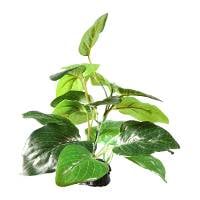
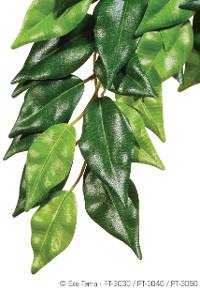
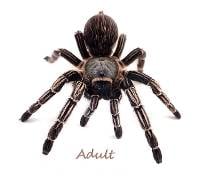

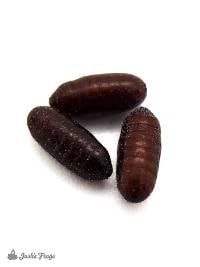
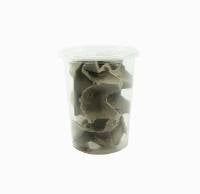
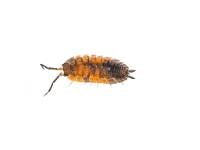
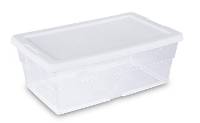
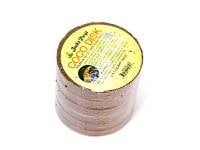
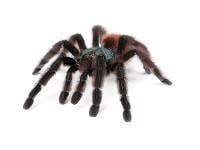
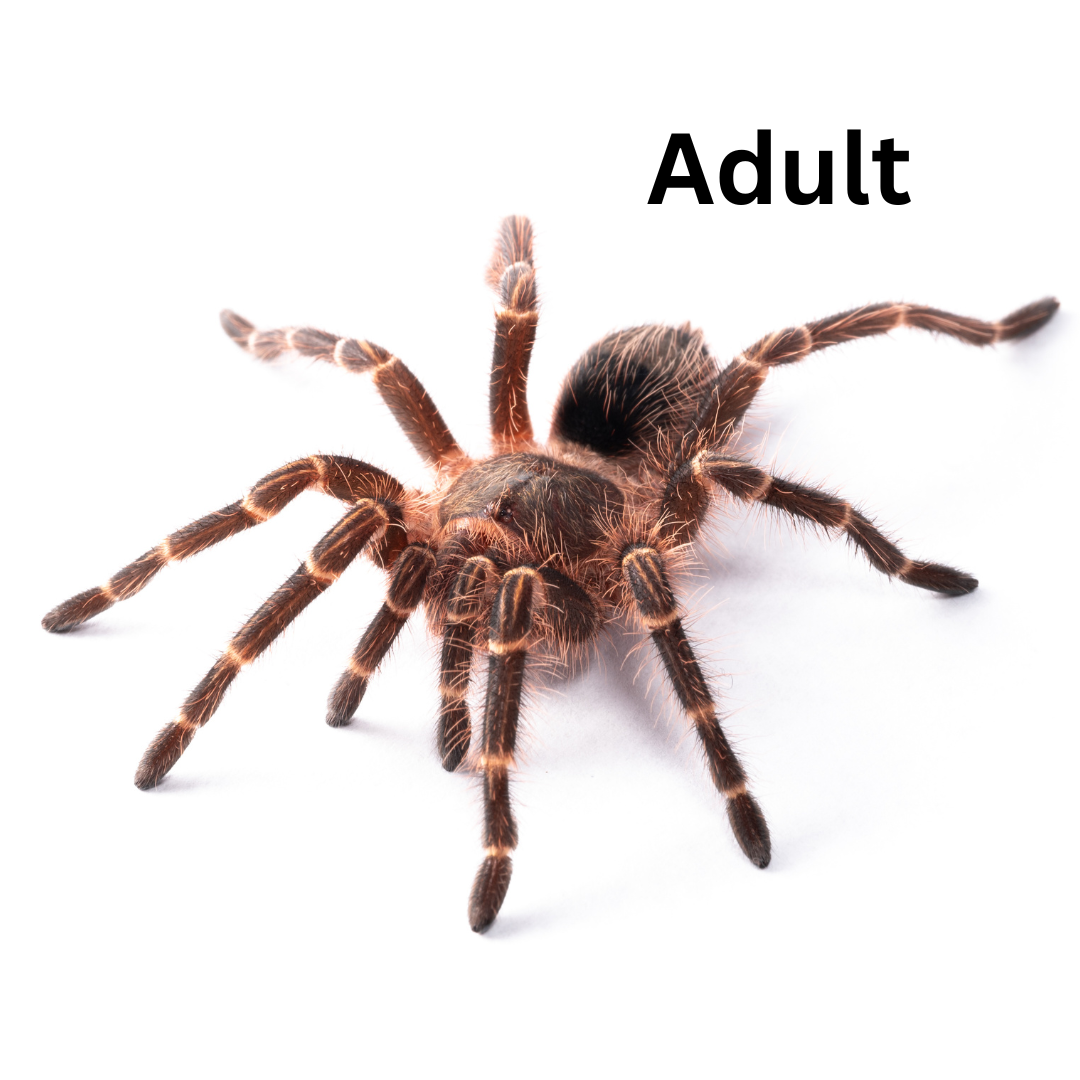
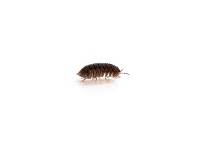
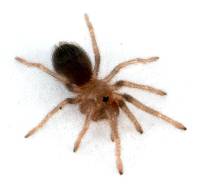
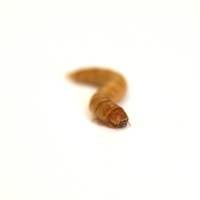
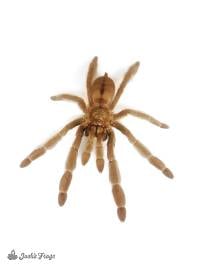
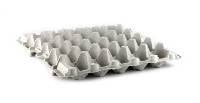
-1-15cf1df5.jpg?width=200)
